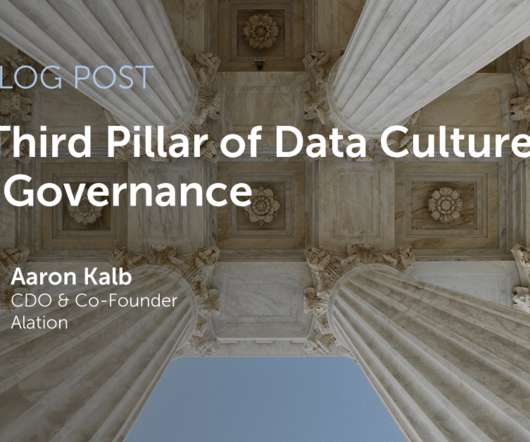Best BI Tools Examples for 2024: Business Intelligence Software
FineReport
APRIL 9, 2024
Through interactive dashboards , these tools empower users across various departments to access and interpret data effectively. These benefits include enhanced operational efficiency through streamlined processes and optimized resource allocation.














Let's personalize your content